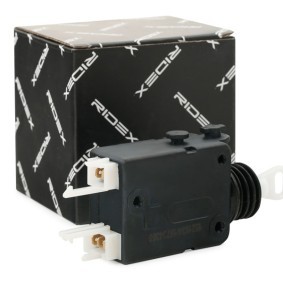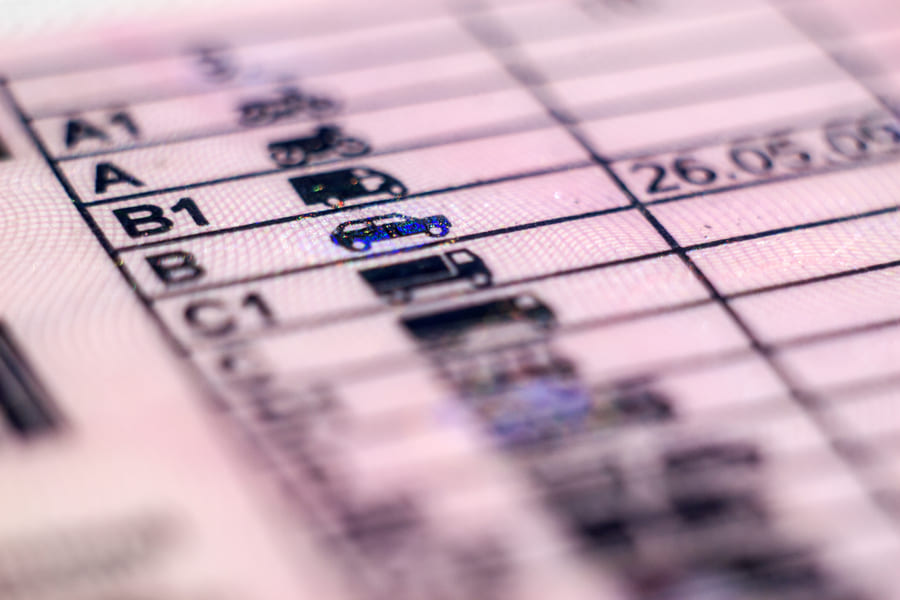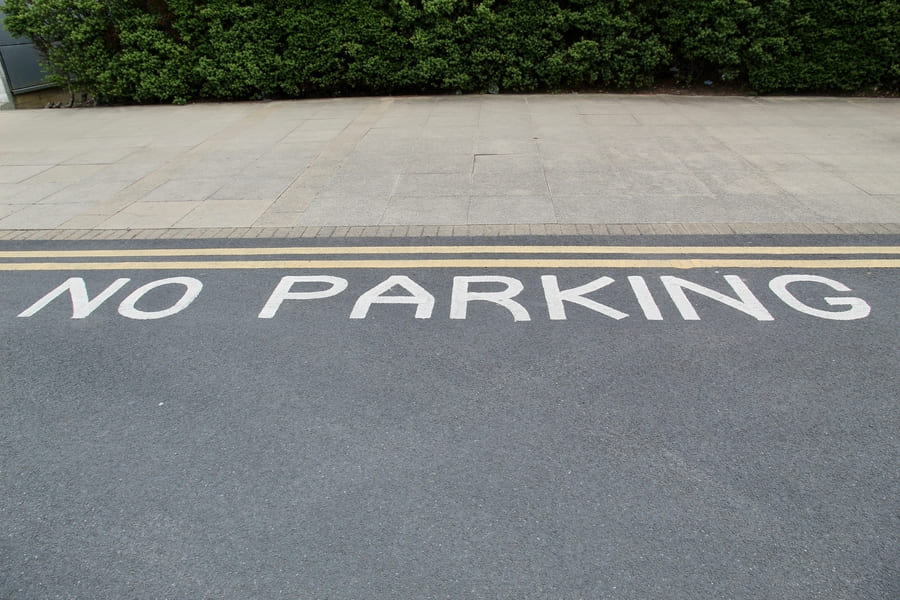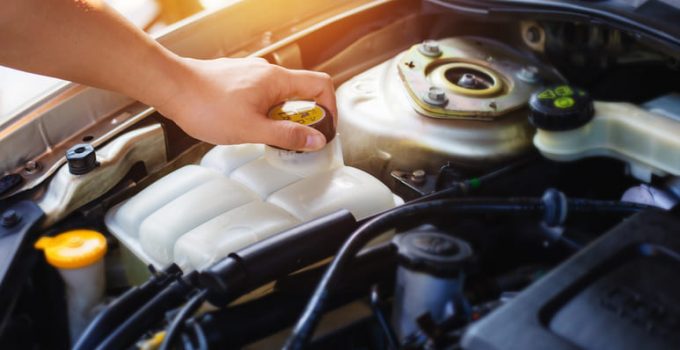
Modern cars are not only comfortable, in most cases they come with a sophisticated central locking system designed to guarantee the highest possible level of safety. A large number of cars today are equipped with remote central locking also known as a remote keyless system (RKS), which allows the vehicle to be unlocked and locked, including the driver’s door, passenger door, tailgate, and fuel tank hatch.
A transmitter is built into the car key, which sends a wireless signal to a control unit when locking and unlocking, which in turn controls the components in the vehicle doors. The signal is encrypted during transmission – this serves to protect the car because the encrypted transmission means that criminals are not easily able to intercept the signal and gain access to the car. In some modern vehicles, you only need to carry the key with you to open the door. The doors open automatically when you touch the door handle. This is also called keyless entry. The tailgate on many Ford models can also be opened with a foot sensor.
Many cars today have an automatic safety lock that automatically locks the doors when the speed exceeds 5 mph, for example. The idea is that no one should be able to open the door from the outside during a traffic light stop in order to rob the occupants, as often happened to holidaymakers in the past. The doors are only unlocked again when the ignition is switched off or the ignition key is removed from the ignition lock. Unlocking also occurs when the door is opened or when the crash sensor is triggered in the event of an accident.
Possible defects of the CLS
Malfunctions or defects in the central locking system can also be detected by the hobby mechanic. If the doors of the car suddenly no longer open or close, then the problem is to be found in the central locking system. In this case, the transmitter can no longer send a signal to the receiver and the central locking system does not work. Those who have an old or flat battery in their radio transmitter in their key – or in the remote control are lucky. A new battery solves the problem in just a few minutes. If, on the other hand, the central locking system itself is broken, there are several possible causes. For example, the fuses, door locks, or a broken cable often prove to be the source of the malfunction.
A defect in the servomotor of the central locking system is rather rare. At this point at the latest, a specialist or a workshop should be consulted. But by far the most frequent source of error is the central locking receiver in the car itself.

Diagnosis of the CLS
Troubleshooting in the event of a defect in the workshop includes all essential components of the central locking system. However, the procedure and sequence of the test may vary depending on the vehicle manufacturer and the type of defect. As a rule, troubleshooting begins with a diagnostic device. This is used to examine components such as the locks or control units in detail. This allows a specialist with a diagnostic device to read out the fault memory, which may contain an error entry in the event of a malfunction. In addition, the sensors of the central locking system can be read out with the diagnostic device and some functions can be controlled. This often provides precise information about the fault in the central locking system. If the expert does not find a fault here, what needs to be done next depends on the type of defect. A mechanical problem often lies with the door lock itself, which is why the lock is examined for function and damage, as are the sensors or micro switches.
Much more often, however, the fault is electrical. That’s why the workshop also takes a close look at the fuses, connectors, and all the cables of the central locking system. All moving cables in the car, especially those on the bonnets and doors, are subject to a certain risk of damage.
Repairing the central locking system
Defects in the RKS can usually be repaired quickly. Broken cables can be repaired or replaced and fuses can also be replaced quickly. It is not quite so easy to repair if there is a problem with the automatic opening system. In this case, the door trim must be removed in order to reach the automatic transmission. For professionals, this is no big deal, but because of the numerous intricate parts and connections in and behind the trim, experience and expertise are needed.
If a defective receiver interferes with the central locking system, it can also be replaced easily and without problems. The crucial question here is how accessible the receiver module is in the vehicle. It may be necessary to dismantle other parts before the receiver can be replaced. In addition, the receiver usually needs to be programmed into the vehicle’s electronics, or it needs to be unlocked or coded. Diagnosis and repair of the central locking system can easily take 30 to 60 minutes or more, depending on the defect and model. The costs for changing the receiver or a servo motor start at about £100.
The pitfalls of modern central locking
Modern anti-theft protection also has its pitfalls. If there is a child in the car when the door is locked, it can be dangerous because the child may not be able to open the door by itself. Every now and then you read in the newspapers about terrible accidents in which children were left alone in the car. This is because many modern cars today are no longer equipped with recognisable locking and unlocking devices, but are instead only fitted with a switch. From the inside, the central locking system is then no longer opened by pulling out the door lock, but only by pressing this extra switch.
The locking levers are often too unwieldy for children. Specialised locksmiths who are familiar with the subject can help to open the doors without damaging them. This works with the so-called lockpicking technique.
Security and safety
Modern locking systems make a double contribution to increasing the security of a vehicle. On the one hand, they ensure protection against burglary and theft and have a deterrent effect in conjunction with an alarm system. On the other hand, they contribute to road safety, for example through the integrated control of lights when doors are unlocked. This is the case, for example, when doors are open.
- @user_338528523.02.2025 08:22Member
Hi my garage was doing an MOT and had to turn of the airbag light on the dash. Now my drivers door wont work no electrics and the central locking no longer works. Have they done something
Regards


















Comments – 1